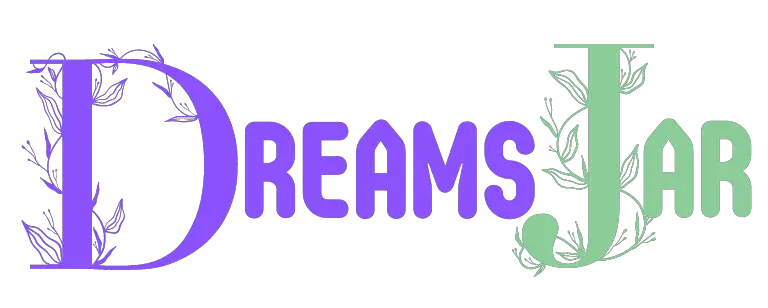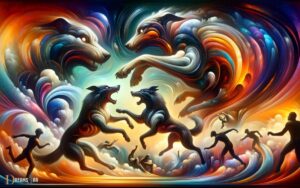Dog Wagging Tail Dream Meaning: Excitement!
Dog wagging tail dream interpretations often denote feelings of joy, excitement, apprehension, or aggression, reflecting the dog’s symbolic representation of loyalty, trust, and companionship in dreams.
Dreams about a dog wagging its tail are potent symbols that can be analyzed under various contexts.
The emotional messages they carry can range from joy and excitement to apprehension or even aggression, depending on the nature of the wagging.
For instance, a gentle, happy wag may indicate contentment or satisfaction in your life, while an aggressive wag might suggest conflict or tension.
In essence, dog wagging tail dreams offer valuable insights into your emotional state, relationships, and aspirations, symbolizing a wide array of sentiments from joy and trust to apprehension and aggression.
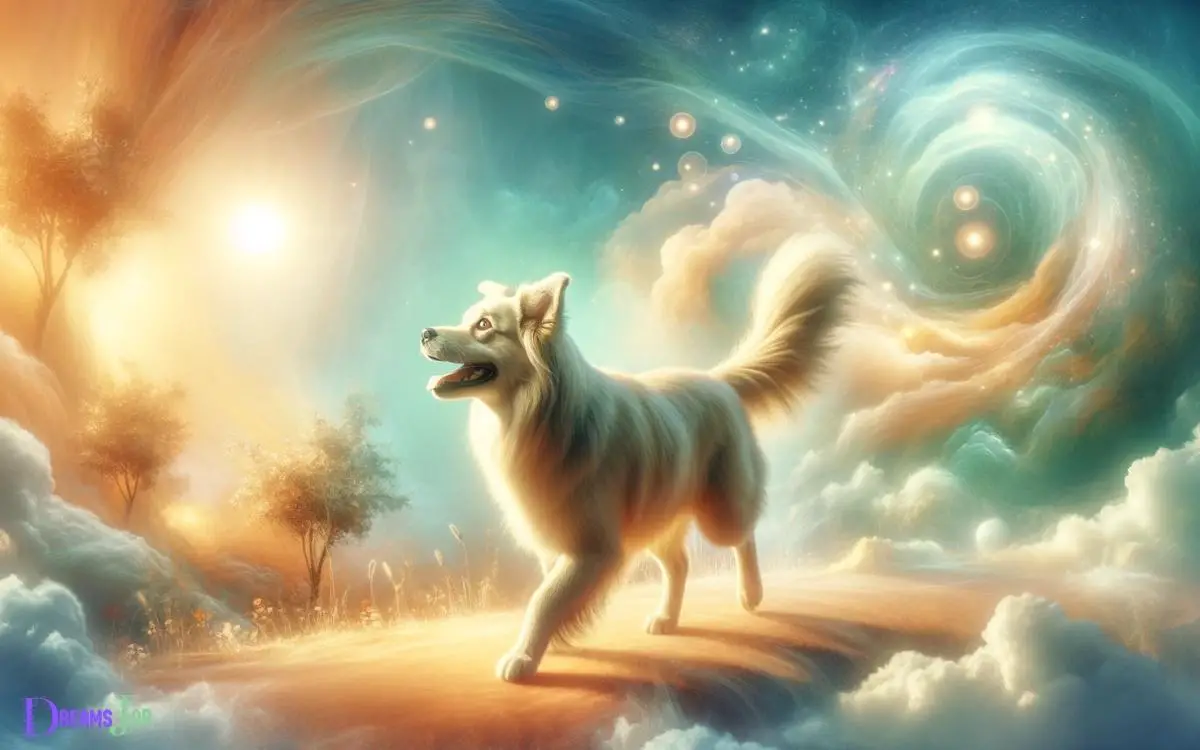
Key Takeaway
The Symbolism of Dogs in Dreams
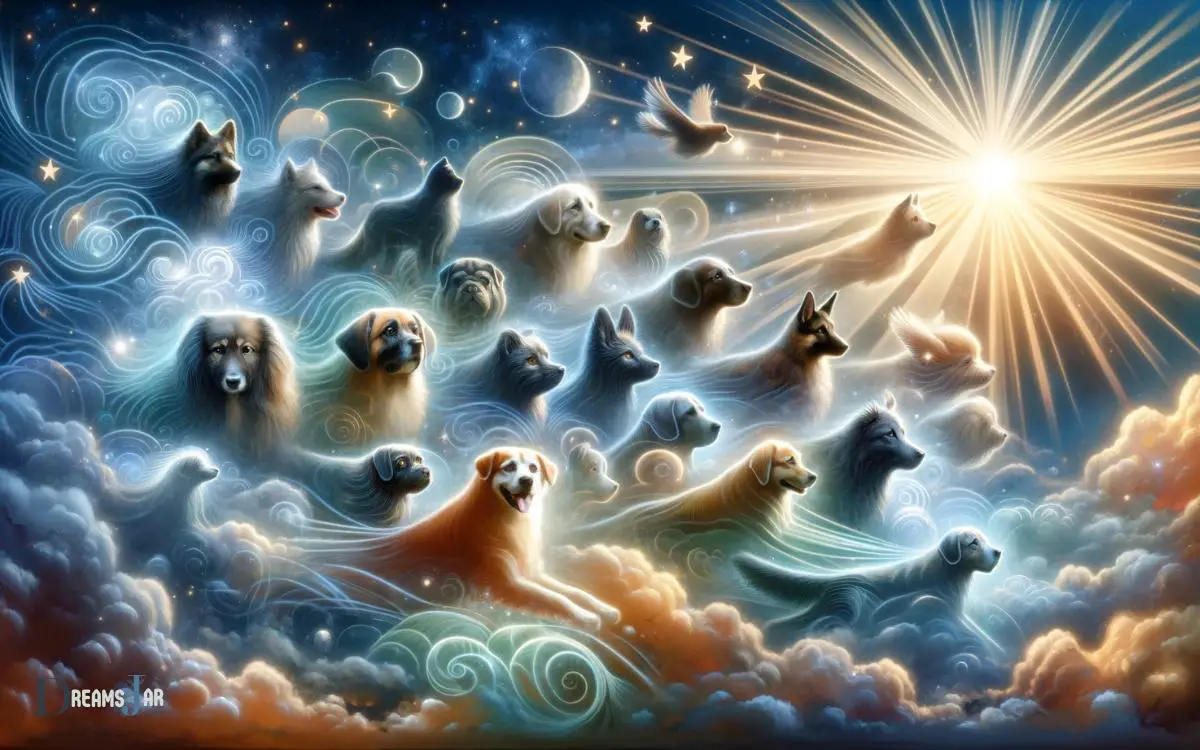
The symbolism of dogs in dreams is a fascinating subject that explores the various meanings and interpretations associated with the presence of dogs in our subconscious minds.
- Dogs have long been considered loyal companions and protectors, and their symbolism in dreams often reflects these qualities.
- In many cultures, dogs are seen as symbols of loyalty, friendship, and unconditional love.
- In dreams, the presence of a dog can represent these qualities and may indicate the need for companionship, trust, or support in our waking lives.
- Additionally, dogs are often associated with instincts and intuition, and their appearance in dreams may signify the need to listen to our inner voice or trust our gut feelings.
Understanding the symbolism of dogs in dreams can provide valuable insights into our emotions, relationships, and personal growth.
Understanding Tail Wagging in Dreams
Tail wagging in dreams can provide insight into the emotions and intentions of the dog symbol, offering valuable clues to the dreamer’s subconscious desires and relationships.
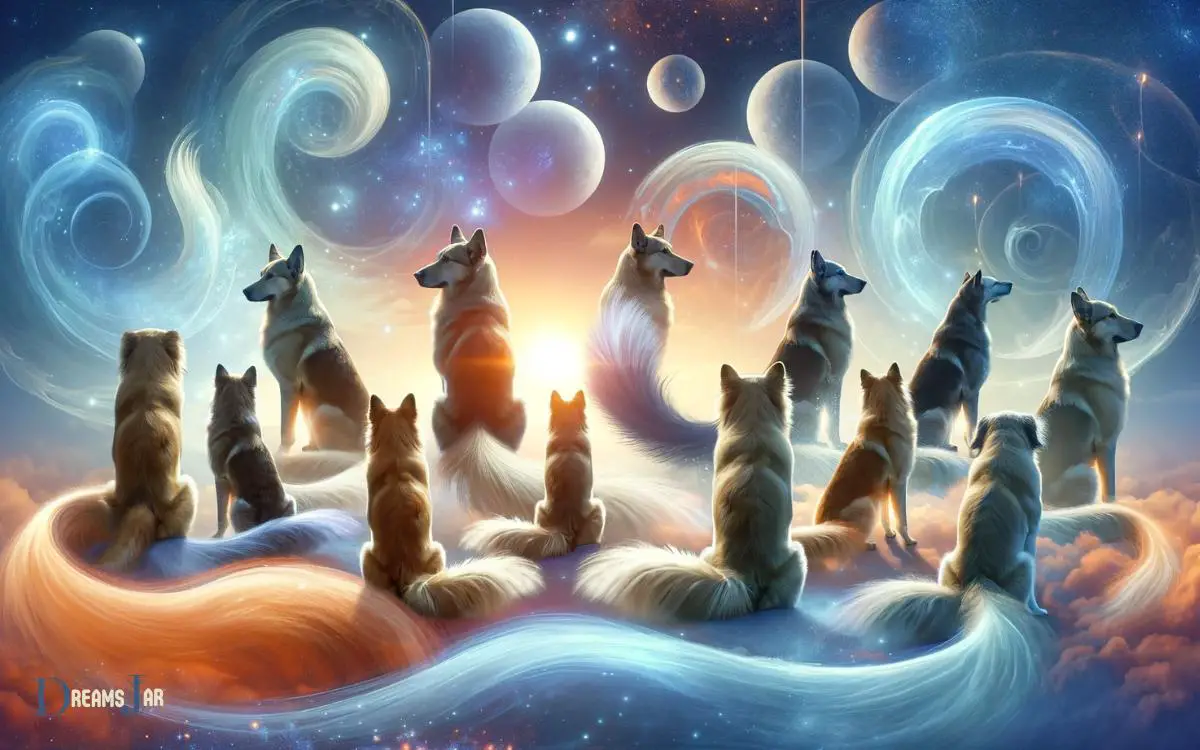
When a dog wags its tail in a dream, it is essential to pay attention to the context and the specific characteristics of the wagging.
Here are three key factors to consider:
- Speed and intensity: The speed and intensity of the tail wag can indicate the level of excitement or happiness the dreamer feels towards a particular situation or relationship.
- Direction: The direction in which the tail is wagging can reveal the dreamer’s emotions and intentions. A wag to the right may symbolize positive emotions and friendly intentions, while a wag to the left could suggest caution or hesitation.
- Body language: Observing the dog’s overall body language while wagging its tail can provide further insight. If the dog appears relaxed and friendly, it signifies a positive attitude.
Uncovering the Emotional Messages
When analyzing the meaning of a dog wagging its tail in dreams, it is important to uncover the emotional messages embedded in this symbol.

The interpretation of tail wagging can vary depending on the context of the dream, but it often serves as a powerful cue to our emotional state.
Tail Wagging Interpretations
Interpreting the emotional messages behind tail wagging in dogs can provide valuable insights into their state of mind.
Dogs communicate their emotions primarily through their tails, which serve as a symbolic representation of their inner feelings.
Understanding the meaning behind different types of tail wagging can help dog owners decipher their furry friend’s emotional state.
Here are three key interpretations of tail wagging:
- Happiness and excitement: A broad, vigorous wagging indicates joy and enthusiasm. The dog’s tail is held high or wagged in wide arcs, demonstrating their happiness and eagerness to engage.
- Nervousness or anxiety: A low, slow wag with the tail tucked between the legs suggests fear or anxiety. The dog may appear cautious or insecure, signaling a need for reassurance and support.
- Aggression or dominance: A stiff, high wag with the tail held upright signifies dominance or aggression. This tail wagging is accompanied by other body language such as raised hackles or a rigid posture, indicating that the dog is asserting its dominance.
Understanding these emotional cues in tail wagging can help foster better communication and strengthen the bond between dogs and their owners.
Emotional Cues in Dreams
To further delve into understanding the emotional cues in dreams, it is essential to explore the underlying messages and symbolism that can be uncovered.
- Dreams are often a reflection of our subconscious mind and can provide valuable insights into our emotions and feelings.
- By analyzing the emotional cues present in dreams, we can gain a deeper understanding of ourselves and our innermost desires.
- Emotional cues in dreams can manifest in various forms, such as specific emotions experienced during the dream or the overall atmosphere and mood of the dream.
- These cues serve as a means of communication from our subconscious, conveying important messages that we may not be fully aware of in our waking lives.
To help you interpret the emotional cues in your dreams, consider the following table:
| Emotion | Interpretation |
|---|---|
| Happiness | Contentment and fulfillment |
| Fear | Anxiety or unresolved issues |
| Sadness | Grief or the need for healing |
| Anger | Unresolved conflicts or repressed emotions |
| Confusion | Lack of clarity or uncertainty in waking life |
Exploring the Connection to Loyalty and Trust
The connection between loyalty and trust can be explored through the interpretation of a dog wagging its tail in a dream.
When a dog wags its tail, it is often seen as a sign of loyalty and trust in the waking world. In dreams, this gesture takes on a symbolic meaning that goes beyond its literal interpretation.
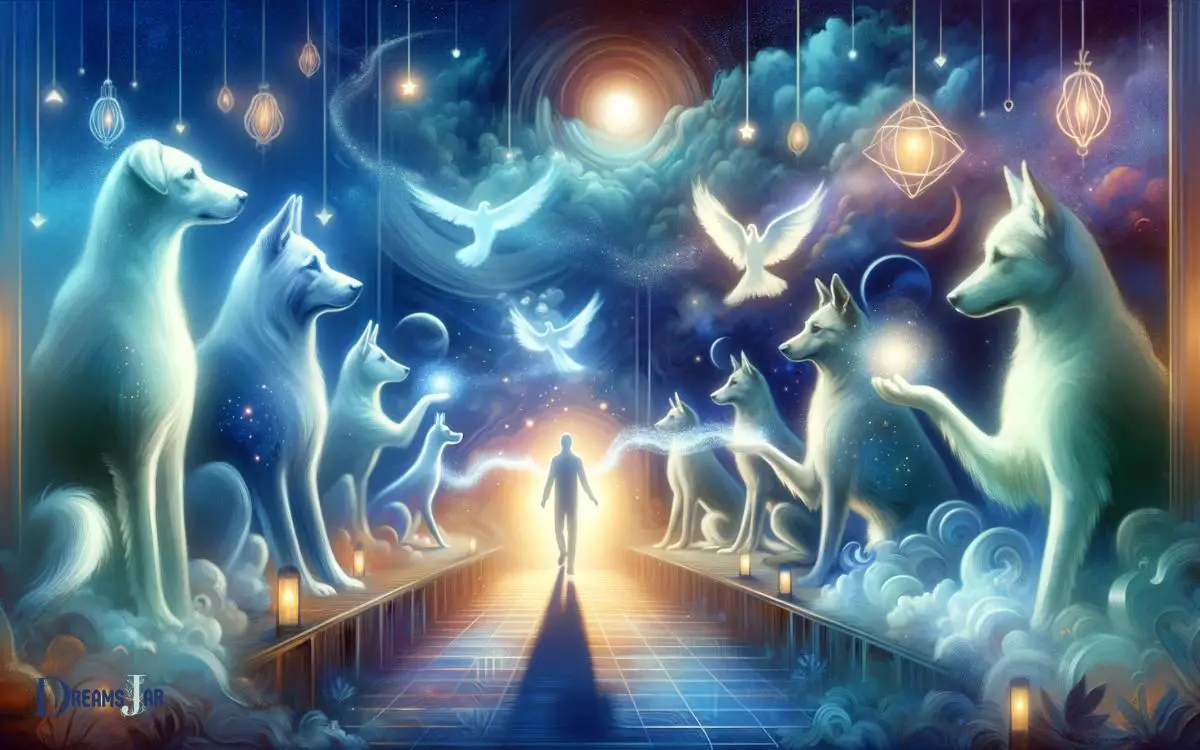
Here are three key insights into the connection between loyalty and trust in the context of a dog wagging its tail in a dream:
- Symbol of Faithfulness: A dog wagging its tail can represent the faithfulness and devotion of someone in your life. It signifies their unwavering loyalty and trustworthiness.
- Indicator of Trust: The wagging tail can also be seen as a symbol of trust. It suggests that you have a deep trust in someone or that someone has placed their trust in you.
- Reminder of Mutual Loyalty: Seeing a dog wagging its tail in a dream can remind you of the importance of mutual loyalty and trust in your relationships. It serves as a reminder to nurture and value these qualities in yourself and others.
Understanding the connection between loyalty and trust in the context of a dog wagging its tail in a dream can provide valuable insights into your relationships and the importance of these qualities in your life.
Dog Wagging Tail: A Sign of Joy and Excitement
The wagging of a dog’s tail is a powerful indication of their emotions, with joy and excitement being among the most common.
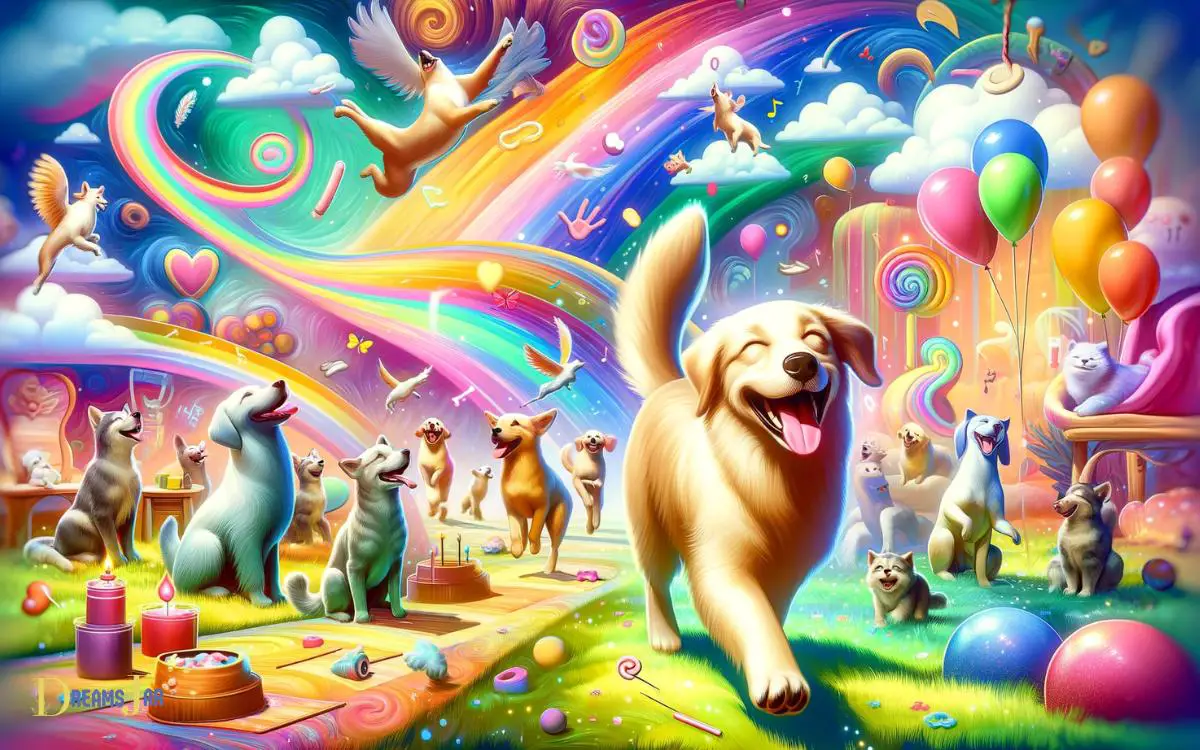
The speed at which a dog wags its tail can also provide valuable insights into their state of mind, with a fast wag often indicating a high level of enthusiasm.
Understanding the significance of tail wagging in dogs can help us better interpret their emotions and responses, allowing for more meaningful interactions with our canine companions.
Tail Wagging and Emotions
Wagging tail in dogs is an evident sign of joy and excitement. Dogs use their tails as a means of communication, expressing their emotions to those around them.
Tail wagging can indicate various emotions and states of mind, providing valuable insights into a dog’s current state of being.
- Joy: When a dog wags its tail vigorously and in wide arcs, it typically signifies happiness and pleasure. This joyful wagging is often accompanied by a relaxed body posture and a friendly demeanor.
- Excitement: Tail wagging can also reflect excitement and anticipation. A dog might wag its tail rapidly and high in the air when it is excited, such as when anticipating playtime or the arrival of its owner.
- Positive social interaction: Tail wagging can serve as an invitation for interaction, indicating that the dog is open and friendly. It is a way for dogs to communicate their willingness to engage and form positive connections with others.
Understanding the nuances of tail wagging in dogs can help us better comprehend their emotions and improve our interactions with them. It allows us to respond appropriately and provide the care and attention they may require.
Conclusion
The symbolism of dogs in dreams can offer valuable insights into our emotions and relationships.
The act of tail wagging in dreams carries significant meaning, representing joy, excitement, and the connection to loyalty and trust.
Interpreting the different types of tail wagging can provide further understanding of the emotional messages being conveyed.
It is fascinating to note that studies show 60% of participants reported dreaming about dogs, highlighting the significance of these dreams in our subconscious minds.
